The Hypertext Transfer Protocol (HTTP) is an application protocol for distributed, collaborative, hypermedia information systems. It is a protocol to transfer or exchange hyper text
The Hypertext Transfer Protocol is an application-level protocol for distributed, collaborative, hypermedia information systems. It is a stateless protocol that can be used for name servers and distributed object management systems, through extension of its request methods, error codes and headers.
HTTP concepts include (as the Hypertext part of the name implies) the idea that files can contain references to other files whose selection will elicit additional transfer requests. Any Web server machine contains, in addition to the Web page files it can serve, an HTTP daemon, a program that is designed to wait for HTTP requests and handle them when they arrive. For example, when you enter a URL
in your browser, this actually sends an HTTP command to the Web server directing it to fetch and transmit the requested Web page.
HTTP has been in use since 1990.
There are three basic features that make HTTP a simple but powerful protocol:
HTTP is connectionless: The HTTP client, i.e., a browser initiates an HTTP request and after a request is made, the client disconnects from the server and waits for a response. The server processes the request and re-establishes the connection with the client to send a response back.
HTTP is media independent: It means, any type of data can be sent by HTTP as long as both the client and the server know how to handle the data content. It is required for the client as well as the server to specify the content type using appropriate MIME-type.
HTTP is stateless: As mentioned above, HTTP is connectionless and it is a direct result of HTTP being a stateless protocol. The server and client are aware of each other only during a current request. Afterwards, both of them forget about each other. Due to this nature of the protocol, neither the client nor the browser can retain information between different requests across the web pages.
More reading : https://www.w3.org/Protocols/rfc2616/rfc2616.html
Image Reference : http://code.tutsplus.com
